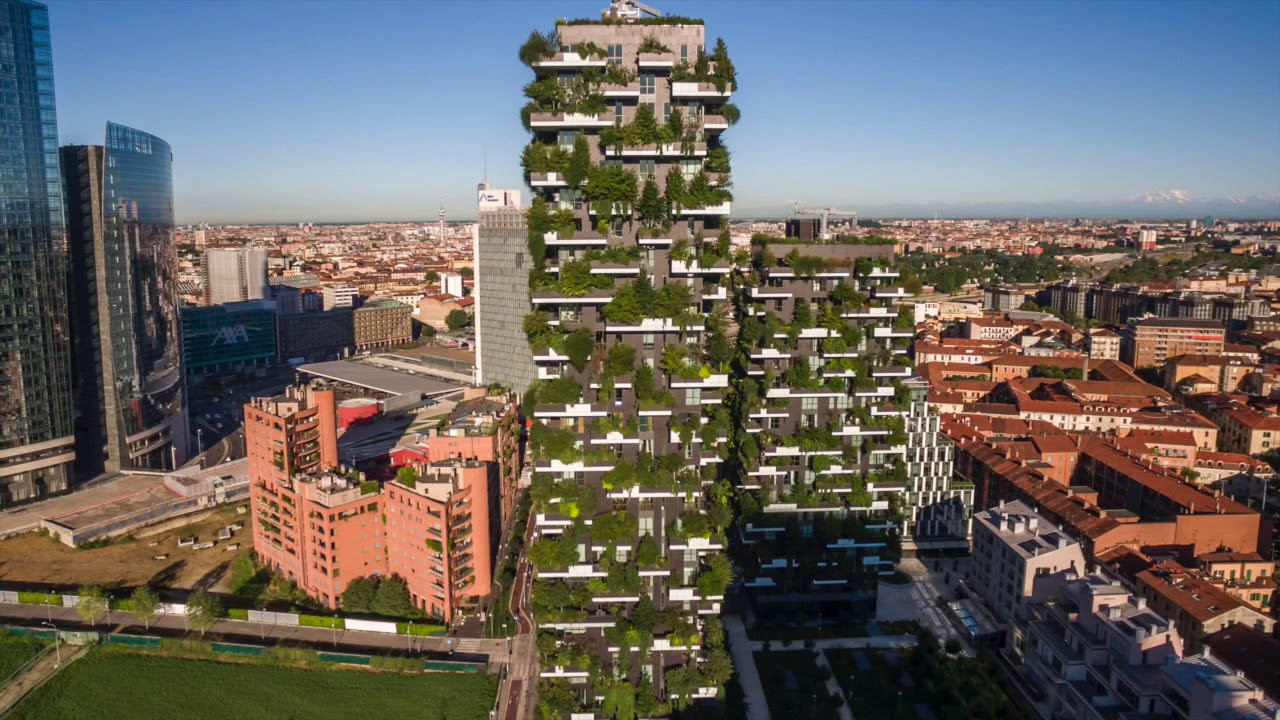
Ōtepoti – It’s estimated nearly 70 percent of the world’s population will live in cities by 2050.
What is New Zealand doing about sustainability?
Aotearoa is often considered to be one of the greenest countries in the world. Unfortunately, this illusion doesn’t entirely match up with reality.
New Zealand’s carbon footprint has increased significantly as it has become a more industrialised nation. Between 1990 and 2007, carbon emissions increased by over 22 percent according to Manatū Mō Te Taiao, Ministry for the Environment.
The United Nations’ sustainable development goals highlight the need to ensure these cities are safe and sustainable for all. Around the world, cities are innovating to help tackle challenges such as climate change.
Projects include tiny urban forests that could help combat climate change, sponge cities that soak up floodwater and vertical forests that tower into the sky.
With an ever-increasing global population and rising city growth, creating safe, resilient and sustainable cities is right at the top of the green agenda.
Here are some of the innovative ways cities are rising to the sustainable city challenge.
- Sponge cities
Scientists think global warming is increasing the likelihood of extreme weather events, including floods. But some cities are fighting back, using the power of nature to mitigate the risks. In China, concrete neighbourhoods are being interlaced with green spaces that can naturally detain and filter water. The same concept is employed in Singapore, which has been dubbed the garden city due to its abundance of greenery.
2. Vertical forests
Short on space, people in cities have often looked upwards for places to expand. In Milan, Italy, architects have done the same with tree cover – creating a “vertical forest” on two residential tower blocks. Boasting 800 trees, 4,500 shrubs and 15,000 plants, the “forest” would cover an area the size of three and a half football pitches if planted on the ground. Similar projects are underway in cities in Switzerland, The Netherlands and China.
3. The 20-minute neighbourhood
Imagine if everything you needed for a happy, healthy life could be found within a 20-minute public transport trip, bike ride or walk from home. Some cities are working to make this a reality, with Melbourne leading the way – it wants residents to always be within easy reach of things like shops, business services, education or leisure facilities.
4.… and anything they can do!
In Paris, the mayor is using the Rue de Rivoli as a prototype for a future metropolis in which no Parisian should need to travel more than 15 minutes on foot or by bike to work, shop, or deal with a government agency.
- Miniature urban forests
Miniature forests are springing up on patches of land in urban areas around the world using a method inspired by Japanese temples. A botanist found that protected areas around the temples, shrines and cemeteries contained a huge variety of native vegetation that co-existed to produce resilient and diverse ecosystems.
- The green train track
Regeneration projects are also at the forefront of sustainable city initiatives, and they are certainly on the right track in Bangkok, where the shortage of green spaces has come under scrutiny. Now an old elevated railway line has been turned into a city park.



